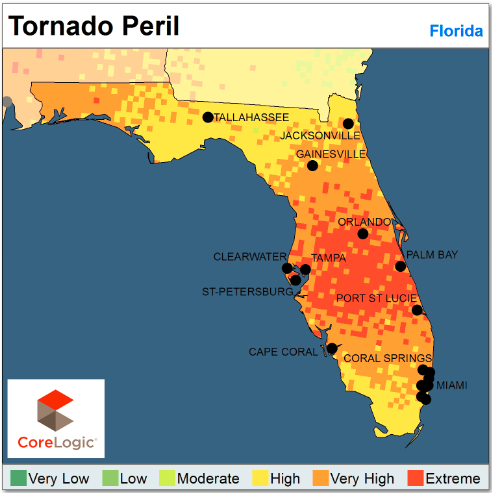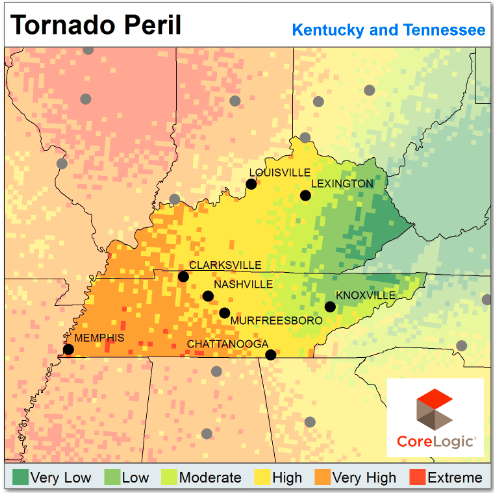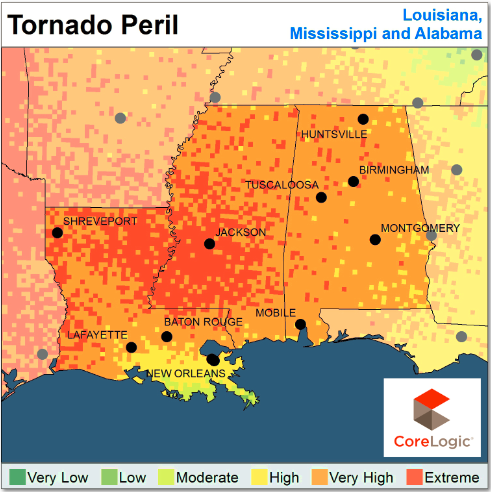The property/casualty insurance market cannot yet be called hard. But “firming” is the most popular word of the week here at the RIMS 2012 Conference & Exhibition in Philadelphia. The rates for different lines of coverage are increasing at different levels, and some are even remaining flat. But there is no doubt that the extended soft market that insurance buyers have been enjoying for much of the past decade is about to disappear. If it hasn’t already.
For risk mangers, this presents some hard choices.
Aon Risk Solutions CEO of U.S. retail business Eric Andersen summed up the main challenge well today at the conferences senior executive panel discussion: “you’re forced to make choices inside a budget that’s not increasing” as the cost of coverage does.
Fortunately, he and the other insurance titans in the room had some advice for risk managers who will have to live through a hardening market with more expensive insurance. “No one is budgeting more money for insurance,” said Andersen. “And if the prices are going up, you’ve got to figure out where you need it, where you like it and where you can do without it.”
Forgoing coverage means losing some peace of mind, of course, but that can be eased if it comes along with a change in mindset. “Today we tend to buy insurance from the bottom up,” said Andersen. “We get as much as we can.”
Switch your mentality to instead focus first on the must-haves. Then, fill in the other key gaps. After that? Well, you will just have to live with some added risk. But as long as you’re protected against those truly catastrophic risks that could take down you company, the new risk tolerance is one the company should be able to accept. What it really comes down to, said Andersen, is “knowing where you can take losses inside your own organization … and then buying things that actually matter as opposed to what you’ve always bought.”
Aon’s chief rival, David Bidmead, the U.S. CEO of Marsh, said that this new reality also means risk managers will need to be more innovative if they want to continue to help their companies thrive. “Don’t get too comfortable with the ongoing suitability of what you’ve done in the past,” said Bidmead.
Just because something “may have worked for the past decade—and it may have worked really well—doesn’t mean it’s going to work in the future,” said Bidmead. Instead, he said, risk managers need “to challenge convention, to explore and identify credible alternatives to the way that you’ve done things in the past, to be open to new ideas, to be creative.”
Fortunately, all news isn’t bad news.
The market doesn’t lack capacity and while prices will increase, you should be able to navigate through the rougher waters as long as you keep the lines of communication open with your bosses. Essentially, just make sure they know that the same protection you formerly purchased now costs more and that some of that security may disappear if your budget stays the same.
“Make sure you’re well informed where the market is through your brokers and insurance partners and communicate that with your management to set the expectations early,” said John Lupica ACE USA’s chairman of insurance. “It’s still a very tradable market—there’s ample capacity to get your risks placed. It may cost more in certain lines of business, but it’s one thing you can manage through with good, open communication.”
And according to FM Global CEO and Chairman Shivan Subramaniam, things could be worse. This looming market turn will certainly not be as friendly as that past few years have been, but at least this won’t be your father’s hard market. In one key way, this upcoming hard market will be much easier for risk managers than the last one was.
“[You] have far more analytics, far more technologies and far more models at your disposal to present your case much better than what you had in 1986,” said FM Global CEO and Chairman Shivan Subramaniam. “You have a lot of knowledge available to you at your finger tips to help you prepare for any kind of market. And I think that’s something that you need to take advantage of.”






